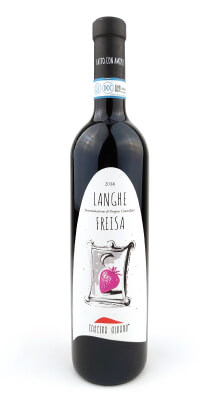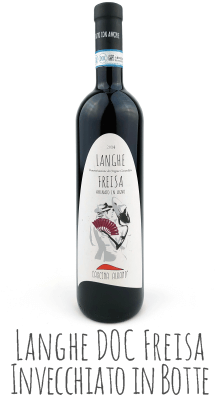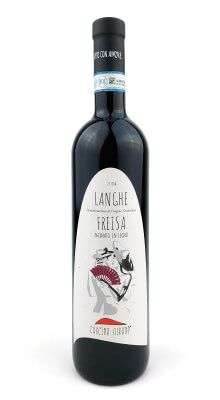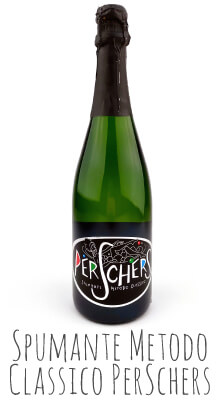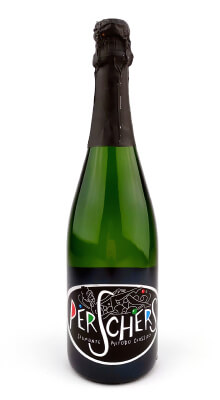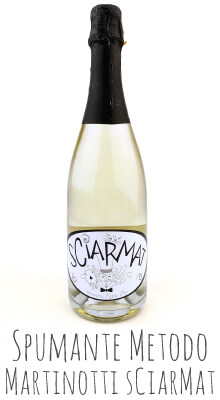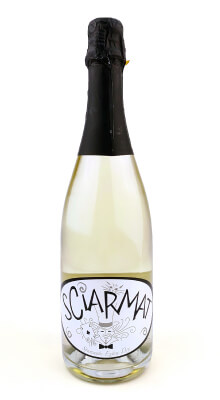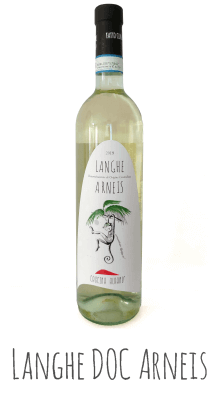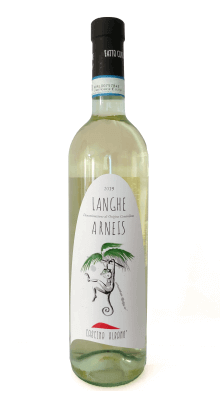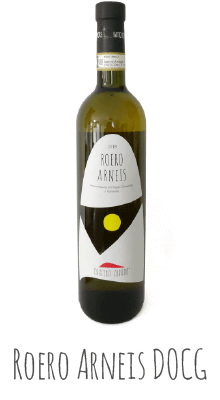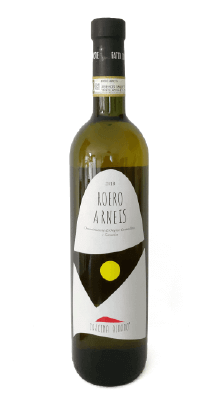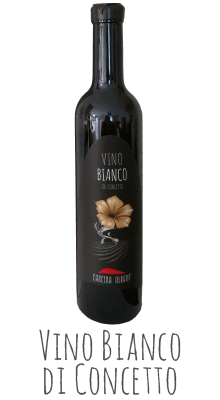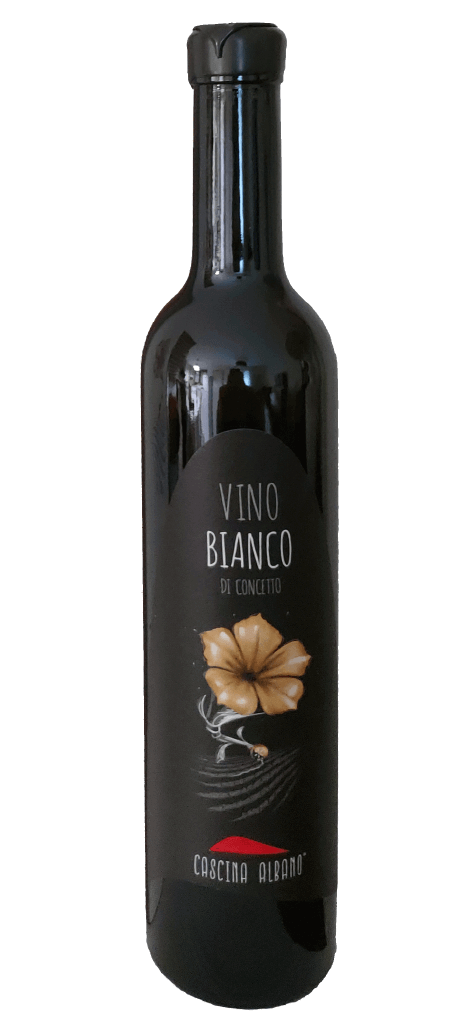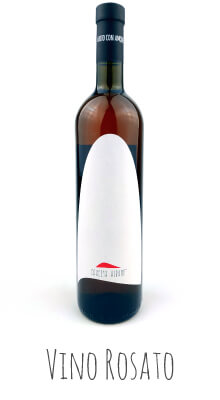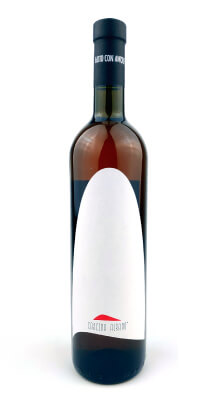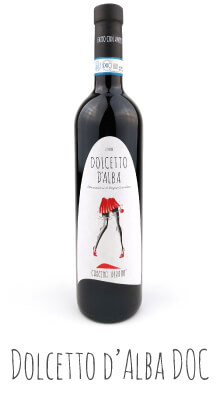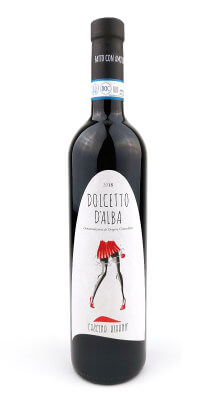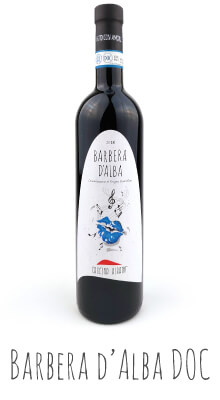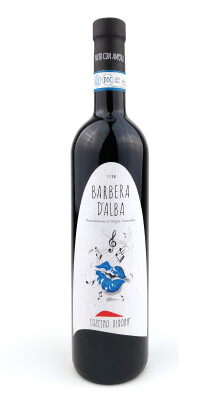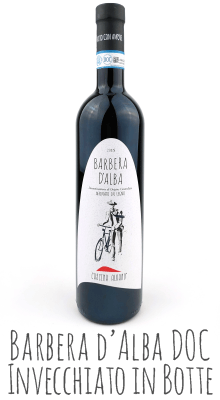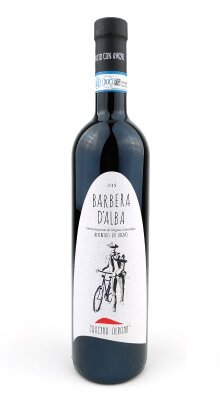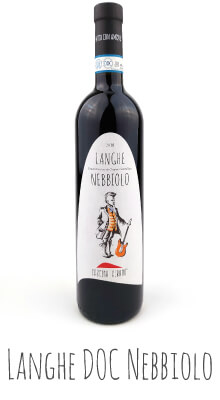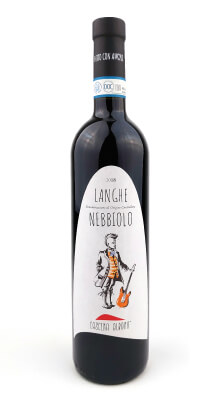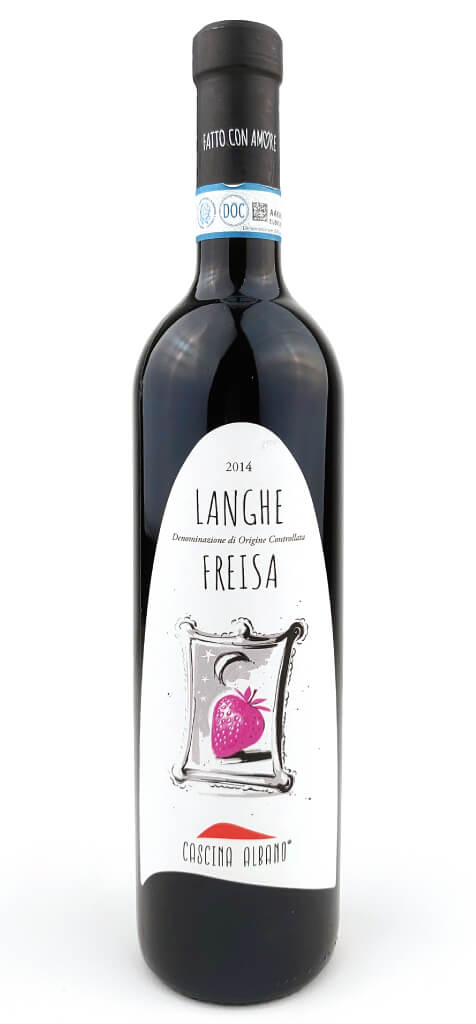Wines
LANGHE DOC FREISA
History and facts
Freisa is a wine which was described for the first time in 1606 by Giovanni Battista Croce, Savoia’s jeweler and maître. At the time it was mainly known as wine for medicinal tincture. Over the years, scientific studies pointed out the tight relationship between Freisa and Nebbiolo whose anthocyanic inheritance fits for more than 85%. The soil in which our Langhe Freisa is cultivated, enables it to express its great essence. It is an outgoing and refined wine, for those who have an expert and exacting palate.
The Label

A surreal dream painted in a bright pink is what characterizes the label of a noble origin wine with an unique character. The intense strawberry scent dominates together with the poem narrating the spicy notes. The Piedmontese origins and its link with Nebbiolo are the frame of this work of art called Langhe Freisa. It is long-lived and fresh as some nights in the moonlight.
Production zone
The grapes comes from Guyot-trained vineyards located in Barbaresco, in Langhe. The soils have alluvial origins and are rich of clayey and calcareous marl.
Vinification
The selected grapes, some of them slightly withered are hand-picked. The must, after a delicate crushing, is vinified in temperature-controlled stainless-steel vats. When the must is together with the skins, the wine is constantly monitored in order to avoid an excessive extraction of tannins. Afterwards the wine goes through a spontaneous malolactic fermentation and then it is aged is steel vats to help the color along its stability and to enhance the taste roundness. After the cold stabilization Freisa is bottled during spring time with waning moon.
Tasting notes
The color is bright red with garnet hues. The nose is rich of fruity notes with marked strawberry cherry and raspberry hints; it is also characterized by smooth notes reminiscent of cloves. On the palate it is dry, harmonious and well-rounded. The fruit blends beautifully with the marked tannins and the elegant bitterness. The finish is persistent thanks to the great structure of tannins, which is enhanced by a strong fruity aftertaste. It is a pleasantly complex wine, which distinguishes itself from the others thanks to a unique touch. It is suitable for aging.
Serving suggestions
Serve at 16°C in middle-size glasses. It pairs well with fatty meats, fried dishes, rare red meats, pâté and venison terrine. It is ideal to accompany mascarpone cream and dark chocolate.





